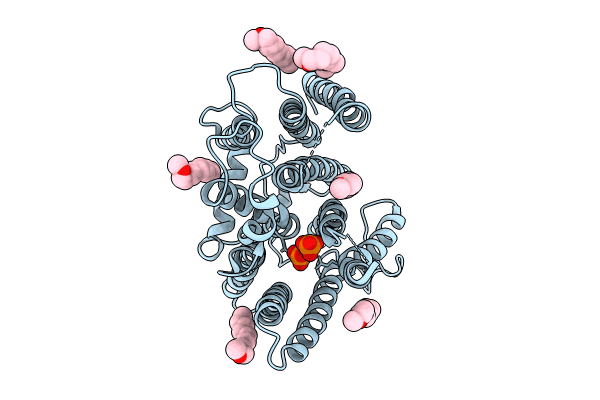
Deposition Date
2023-11-17
Release Date
2024-07-03
Last Version Date
2025-07-02
Method Details:
Experimental Method:
Resolution:
3.61 Å
Aggregation State:
PARTICLE
Reconstruction Method:
SINGLE PARTICLE


